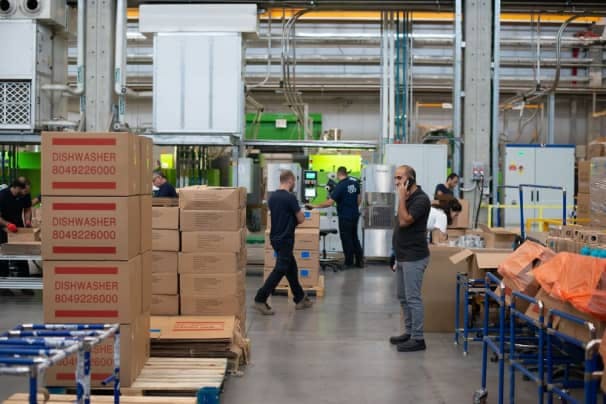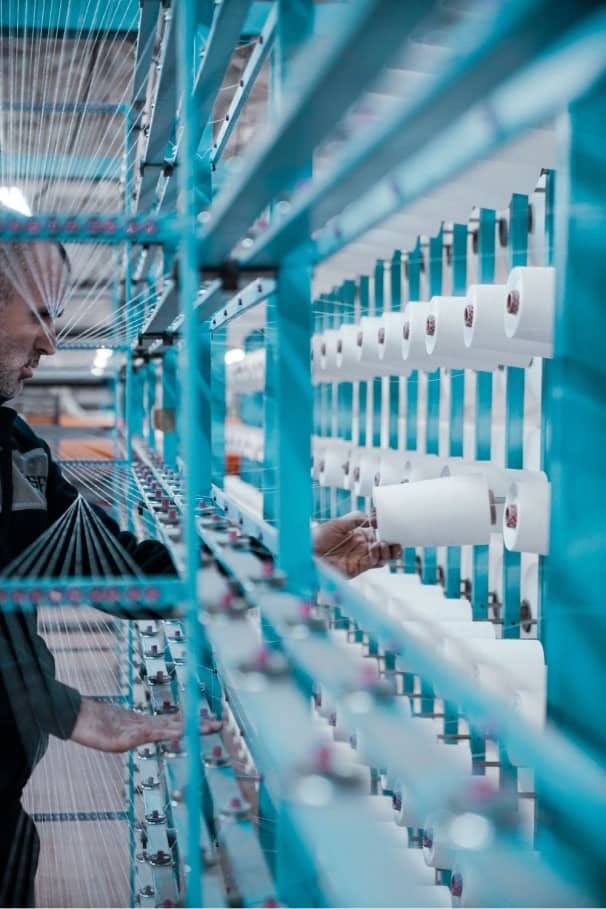
The Internet of Things has been highly beneficial in the manufacturing industry. IoT enables manufacturers to scale up equipment capable of noticing and servicing, allowing the industries to estimate correctly how the equipment is being used. But which are the three best use cases of IoT in Manufacturing?

Photo by Remy Gieling
Firstly, manufacturers can obtain essential operating data through the IoT solution and receive different sensor parameters, such as temperature, vibration, voltage, and current. This kind of information will help estimate the current condition of the machinery.
One can determine warning signs and send notifications to activate corresponding repair processes. This process will transform maintenance into a fast-paced and automated practice, which foresees a failure a long time in advance, helping industries save costs. The legacy method is not capable of monitoring the real-time changes. Furthermore, getting valuable data in time helps managers detect the machinery that needs preventive measures to reduce downtime and helps plan maintenance operations thoroughly.

Photo by Oğuzhan KARACA
The second best use case is the possibility of reallocating the company's computational resources to a connected device. But how does it work? This can be done by collecting and analyzing the extensive data necessary for supervising various field devices like switches, valves, and other elements. This data is transmitted to an automation system that will ensure overall device control amid the production process.
The main features of these solutions consist of remote production control in industrial automation systems, which has centralized supervision over the machinery in the production process. Through this process, the employee in charge will obtain the information through a remote control that will provide a much clearer and faster insight into the actual production field, giving the necessary assistance to the staff in analyzing the obtained data.
Associated with this, more and more manufacturing companies are implementing asset tracking practices, like combining the IoT technology with the native web and mobile apps for iOS and/or Android. It makes it possible to obtain real-time asset information and make more reasonable decisions. Asset tracking helps drastically optimize logistics, maintain the work in progress, and disclose thefts and violations. Moreover, it allows production managers to monitor the real-time usage of movable equipment and initiate measures to optimize utilization.

Photo by Lenny Kuhne
Last but not least, many companies consist of and depend significantly on transportation, in which IoT can help reveal the supply chain inefficiencies by eliminating blind spots from logistics processes.
The IoT-driven devices will help manufacturers eliminate or put down the risks concerning the costs related to vehicles, staff, and transportation, making autonomous fleet solutions contribute to the company's overall efficiency. This way, logistics managers can leverage this solution when it comes to repairs and fuel expenditures that help optimize their tasks, which cover monitoring fuel costs, smart deliveries, diagnostics, and drivers. Additionally, a real-time overlook of driver and vehicle performance helps to raise technicians' safety, brings down inventory damage, and reduces insurance payments.
In conclusion, these three use cases make IoT technology a core instrument in helping automate production, monitoring the equipment, ensuring the worker's safety, and much more. Consequently, manufacturing companies need not overlook the utilization of IoT technology in their production process to set the next milestone for their growth and production efficiency.